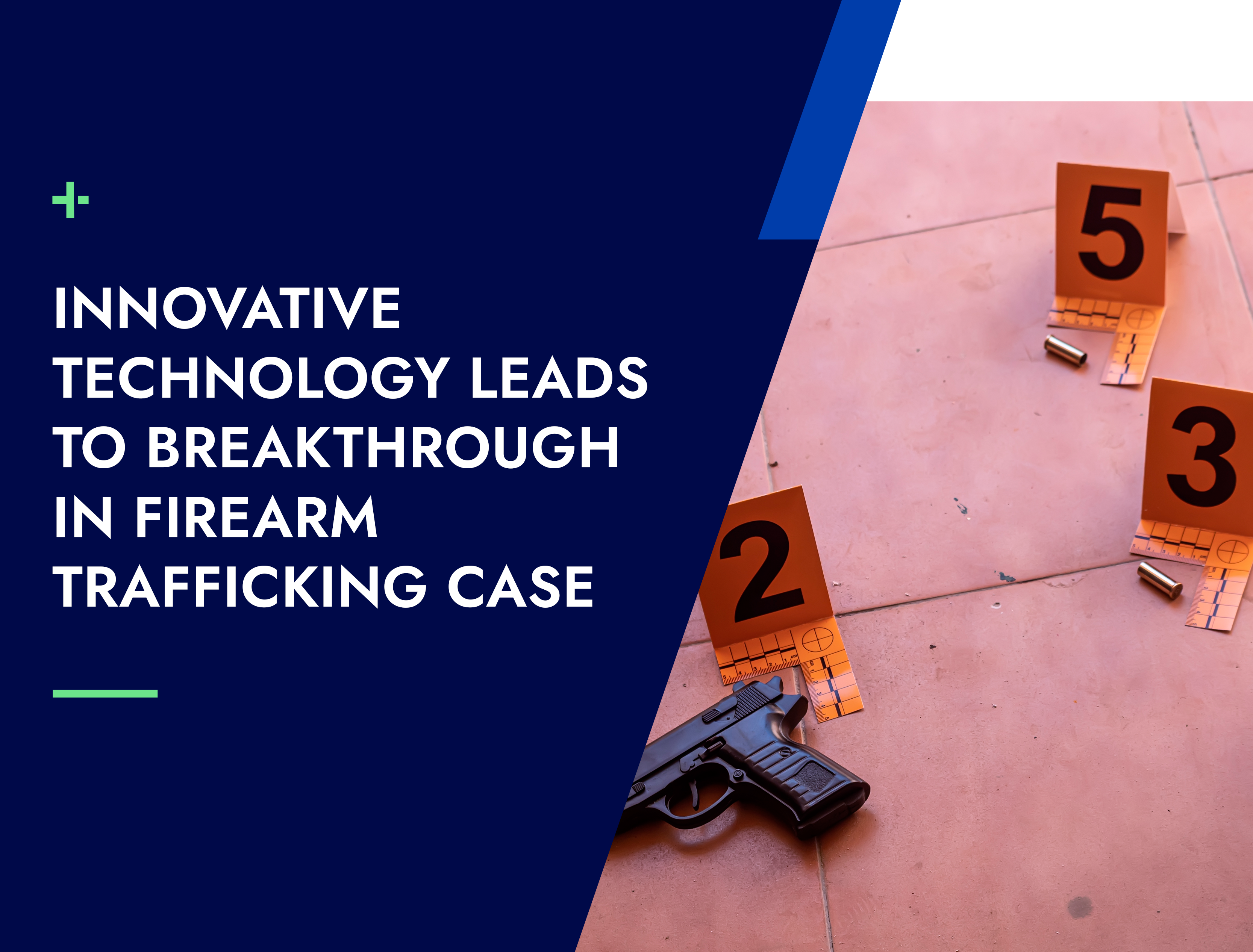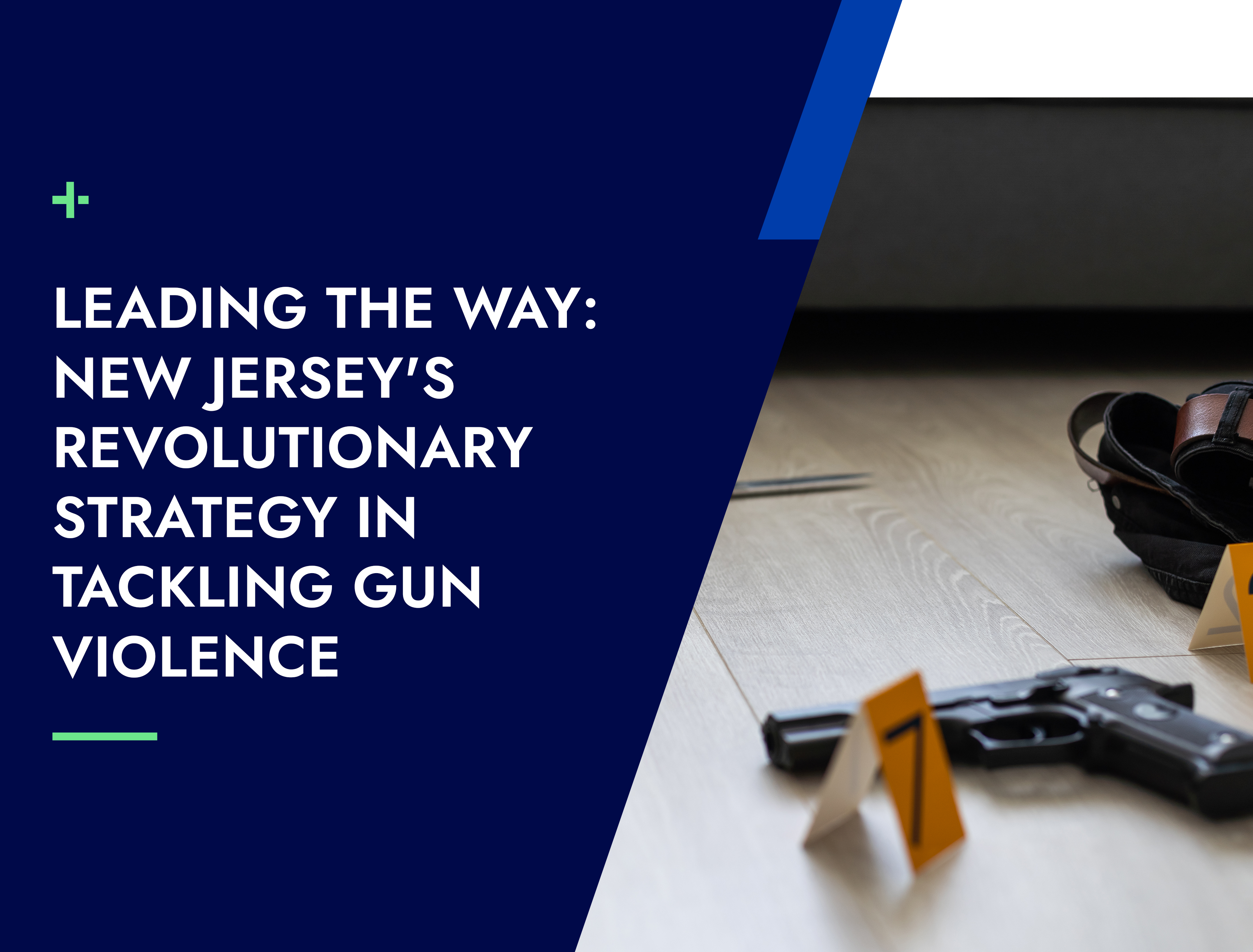Over the past several decades, law enforcement agencies across the country have taken the important step of investing in automated ballistic imaging systems (ABIS) and participating in the National Integrated Ballistics Information Network (NIBIN).
It’s a smart, strategic move, one that gives agencies the power to link shootings across jurisdictional lines and connect firearms and violent offenders to multiple crime scenes.
But here’s what most people won’t tell you: buying the system is the easy part. The real challenge, and opportunity, lies in implementation. The difference between a game-changing force multiplier and a dusty lab tool often comes down to three fundamental questions.
At LeadsOnline, we’ve worked with agencies of all sizes - urban departments, county and regional labs, and states - and we’ve seen firsthand how small missteps can stall momentum. But we’ve also seen how a few smart decisions can unlock powerful investigative outcomes.
If your agency is serious about making ballistic imaging count, these are the three questions that matter most.
1. Is the system being fully leveraged?
Too often, a ballistic imaging system is siloed as a lab-only asset, valuable, but isolated. And when that happens, the people who need those insights most, analysts, detectives, command staff, and prosecutors, are left out of the loop.
This is a critical mistake.
Let’s take a closer look at the Phoenix Police Department’s Crime Gun Intelligence Center, implemented in 2017, and the Regional Anti-Violence Enforcement Network (RAVEN) in Denver, launched in 2019. In both jurisdictions, the NIBIN process and its resulting data are fully integrated into regular operational meetings. This high level of inter and intra-agency collaboration enhances tactical coordination and supports informed decision-making for both patrol and investigative units. It enables those agencies to quickly identify shooting patterns, accelerate suspect identification, and prevent retaliatory violence. Beyond immediate response, these efforts also play a critical role in strategic planning and resource allocation.
Now compare that to agencies where NIBIN leads sit untouched in an inbox, or worse, never leave the lab. In those environments, leads go stale, and their value drops dramatically.
The coaching point:
Build a workflow that ensures ballistic intelligence flows seamlessly from lab to field and back again. Don’t wait for case detectives to request information. Make NIBIN leads a routine part of your daily operations, not an optional extra.
2. Is the System Integrated with your Gun Violence Reduction Strategy?
A ballistic imaging system is not a strategy. It’s a tool, and like any tool, its impact depends on how you use it.
Too often, agencies install the system, train the technical, and start generating matches, but no one owns the next step. We recall working with a large department in the Southeast.
They had the right hardware and software. Shell cases were processed, matches were made, but the leads either went nowhere, or their timeliness reduced their effectiveness immensely.
It wasn’t until they tied the system directly to their focused deterrence strategy and assigned dedicated liaisons between the crime lab and their shooting response team, that the technology began to drive real case outcomes.
Contrast that with the ATF’s Crime Gun Intelligence Center (CGIC) model, where ballistic imaging is woven into every layer of a gun violence response strategy. In CGIC environments, NIBIN leads don’t sit, they drive crime suppression efforts, outreach efforts, investigations, search warrants, and arrest operations.
The coaching point: Your imaging system must be plugged into a larger mission, whether that’s precision policing, focused deterrence, or task force coordination. Otherwise, you're gathering ballistic intelligence that never gets used.
3. Are We Measuring What Matters?
Every agency says it’s “data driven.” But if you’re not applying that mindset internally regarding you ballistic imaging capability, you’re missing a major opportunity to improve outcomes.
At LeadsOnline, we continually ask these few baseline questions:
- What’s your average turnaround time from evidence submission to NIBIN lead?
- How many leads are investigators following up on?
- How many of those leads contribute to arrests, charges, or case closures?
Unfortunately, many agencies don’t have answers to those questions, until we ask. And that’s where the change begins.
In agencies like the New York City Police Department and the New Jersey State Police, analysts and commanders track these metrics regularly, daily, weekly, monthly. They review performance to spot bottlenecks, allocate resources, and continuously improve. It’s not about paperwork or compliance.
It’s about accountability. It’s about using real data to drive smarter decisions.
The coaching point: Start small: track how long it takes to process and disseminate leads. Count how many leads are acted upon. Build from there. Over time, develop a set of key performance indicators (KPIs) that measure both efficiency and impact. Then use those metrics to guide your next steps.
Final Thoughts
A ballistic imaging system won’t solve your gun violence problem on its own.
But when it’s strategically aligned with your goals, integrated operationally, and measured for sustainability, it becomes one of the most powerful tools at your agency’s disposal to assess and combat gun-related violence.
The system is in place. The opportunity is in front of you.
Now the real work begins. The agencies that get it right don’t just install the technology and walk away. They integrate it. They operationalize it. And they hold themselves accountable to outcomes, not just activity.
The result?
Fewer shootings.
Faster investigations.
Furthering justice for victims. And that’s what it’s all about.



